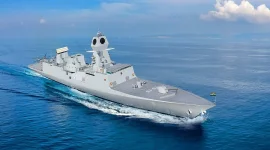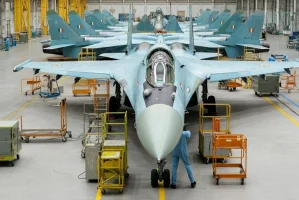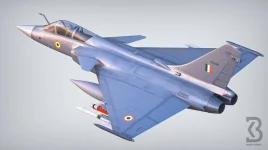- Views: 3K
- Replies: 6
The Indian Air Force (IAF) continues to operate its fleet of SEPECAT Jaguar attack aircraft, a testament to the dedication and ingenuity of Indian engineers and institutions. Despite the aircraft's age and the global discontinuation of spare parts, the IAF, in collaboration with organizations like MIDHANI, GTRE, and HAL, has managed to keep these vital assets operational.
MIDHANI, a leading Indian materials science organization, plays a crucial role in this endeavor. They have successfully produced critical components for the Jaguar's Adour Mk 102 engines, such as high-pressure compressor (HPC) disc forgings. These forgings, essential for engine performance, are manufactured using advanced isothermal forging technology developed in partnership with the Defence Metallurgical Research Laboratory (DMRL). This ensures the components meet the demanding standards of military aviation.
GTRE, a research and development establishment specializing in gas turbine technology, provides crucial support for the Adour engines. While their primary focus is on developing indigenous engines for new aircraft, their expertise has been invaluable in reverse-engineering and redesigning components for the Jaguar that are no longer commercially available. This includes crucial testing and technical support, ensuring the continued efficiency and airworthiness of the IAF's Jaguar fleet.
HAL, the primary manufacturer and maintainer of the Jaguar in India, brings together the efforts of MIDHANI and GTRE. They oversee the overhaul, repair, and upgrade of the Adour engines, overcoming the challenge of discontinued parts by utilizing MIDHANI's material supply and GTRE's technical expertise. HAL's specialized facilities ensure that the intricate Adour engines continue to meet operational standards despite decades of service.
The continued operation of the Jaguar fleet is a remarkable achievement in the face of obsolescence. By leveraging indigenous capabilities in materials science, engine technology, and aircraft maintenance, India has not only maintained a vital component of its air power but also demonstrated its self-reliance in defense technology. This collaborative effort ensures that the IAF's Jaguars can continue to contribute to national security.



